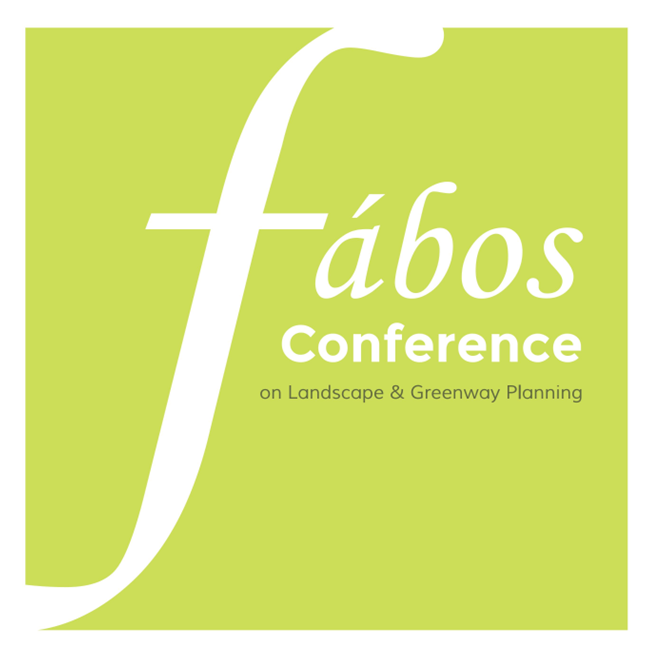Recognizing Greenway Network for Quantifying Students Experience on Campus-Based Universities: Assessing the Campus Outdoor Spaces at San Diego State University
- Mohammed Gabr (Department of Architectural Engineering and Environmental Design, Arab Academy for Science & Technology, Alexandria, Egypt)
- Hisham Elkadi (School of Built Environment, University of Salford, Salford, UK)
- Claudia Trillo (H2020 research project (MAPS-LED) at the University of Salford, UK)
Abstract
This paper evaluates the potential of creating a green infrastructure – more specifically, an urban greenway – and its contribution the students’ campus experience, with emphasis on the outdoor university activities. To achieve best value for money – particularly in the current financial climate, with severe budget cuts constraining universities – justifying investments on campus outdoor spaces such as greenways, relies on a clear demonstration of their link to the overall success of the campus. Attempts of quantify the benefits from investments on such spaces are challenged by the scarcity of studies on the relationship between students’ experience and design (and related cost) of different types of campus landscape settings. This paper fills this gap by offering a thorough examination of a variety of extant campus developments and by measuring the performance of some selected open spaces against a ‘price-tag’ mechanism. The case study of the San Diego State University has been chosen as core case study and supplemented by 16 sub-cases across California State. The assessment has been conducted through three steps. First, a site inventory of the physical characteristics and landscape features has been conducted, focusing on 7 typologies of campus outdoor spaces (COS). Second, four main use patterns (Individual-customized, Group-social, Programmed-scheduled, and Active experiences) have been assessed by calculating the intensity of use (function of the frequency and duration of use) for each of them. The data collected was based on syntax observation methods with photos and maps of COS as prompts. Third, a Campus-Experience-Score (C-E-C) has been calculated and normalized to the size and population of the university, matching it against the actual development costs of each COS setting. The C-E-C allows measuring the link between types and features of COS and related students’ experience. Findings were discussed and verified through six in-depth interviews with local and international academics and developers/practitioners. This paper offers valuable benchmark to designers and planners seeking to maximize the value for money of investments on COS such as greenways.
Keywords: Student experience, behavioral patterns, frequency of use, outdoor spaces, campus design, university ranks
How to Cite:
Gabr, M., Elkadi, H. & Trillo, C., (2019) “Recognizing Greenway Network for Quantifying Students Experience on Campus-Based Universities: Assessing the Campus Outdoor Spaces at San Diego State University”, Fábos Conference on Landscape and Greenway Planning 6(1). doi: https://doi.org/10.7275/4564-3s24
Downloads:
Download PDF
491 Views
130 Downloads
